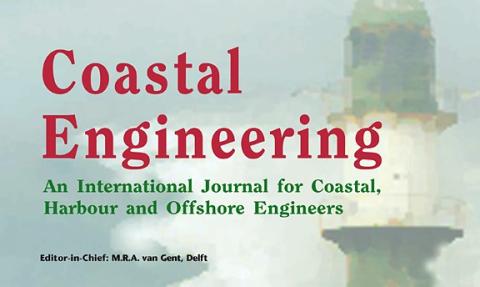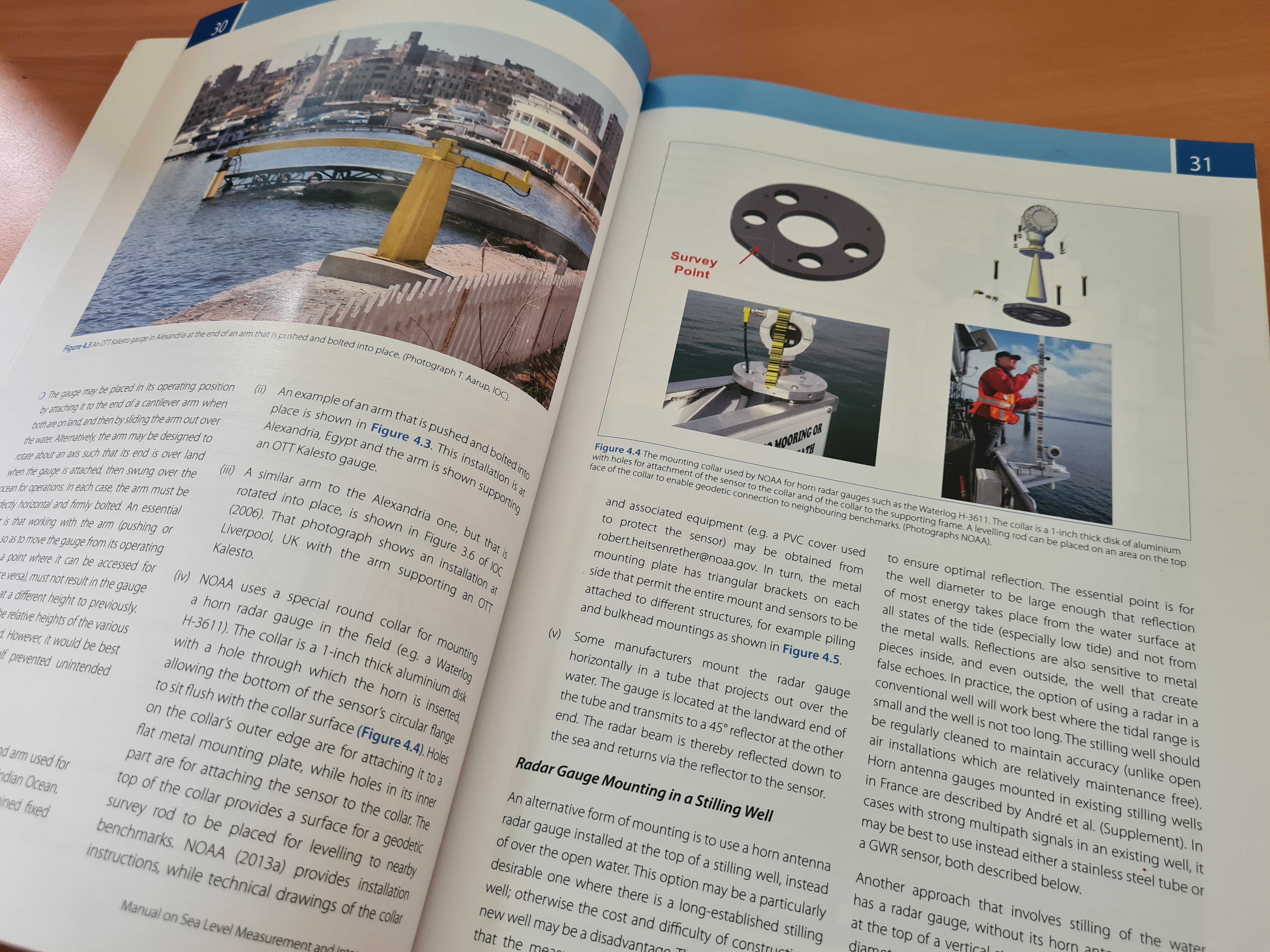
Filtrer les publications
Fortnightly tidal asymmetry inversions and perspectives on sediment dynamics in a macrotidal estuary (Charente, France)
Tidal asymmetry is a phenomenon that characterises estuarine hydrodynamics and has a strong impact on sediment dynamics. Extensive research has been dedicated to studying tidal dynamics in semidiurnal macrotidal estuaries, highlighting several general principles. The ratio of flood to ebb peak velocities and differences in ebb and flood durations are often used to characterise the asymmetry encountered in estuaries.
F. Toublanc, I. Brenon, T. Coulombier, O. Le Moine
Continental Shelf Research, volume 94
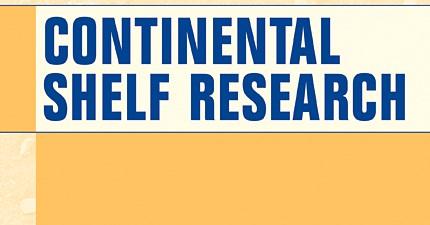
Levelling co-located GNSS and tide gauge stations using GNSS reflectometry
The GNSS reflectometry technique provides geometric information on the environment surrounding the GNSS antenna including the vertical distance to a reflecting surface. We use sea-surface reflections of GPS signals, recorded as oscillations in signal-to-noise ratio (SNR), to estimate the GNSS to tide gauge (TG) levelling tie, and thus the ellipsoidal heights of the TG. We develop approaches to isolate SNR data dominated by sea-surface reflections and to remove SNR frequency changes caused by the dynamic sea surface.
A. Santamaría-Gómez, C. Watson, M. Gravelle, M. King, G. Wöppelmann
Journal of Geodesy, volume 89

GPS observation of geophysical deformations induced by non tidal loading
The temporal and spatial redistribution of the environmental masses deform the surface of the Earth. These deformations are observable by space geodetic techniques such as GNSS. Since highly accurate IGS satellite and clock data are available and sophisticated algorithms have been developped, the integer fixed ambiguity Precise Point Positioning (iPPP) method opened a new era for the Global Navigation Satellite System (GNSS) analysis and its application in geophysical studies.
M. Ferenc
Laboratoire Géomatique et Foncier - Paris, CNAM

Trophic role of large benthic sulfur bacteria in mangrove sediment
Large filamentous sulfur-oxidizing bacteria belonging to the Beggiatoacae family can cover large portions of shallow marine sediments surrounding mangroves in Guadeloupe (French West Indies). In order to assess the importance of Beggiatoa mats as an infaunal food source, observations were conducted of the area within mats and at increasing distances from mats. We used natural isotopic compositions and a 13C enrichment study. Both revealed an ingestion of bacterial mats by associated meiofauna, dominated by rotifers and to a smaller extent by small polychaetes and nematodes.
P.-Y. Pascal, S. Dubois, H. T. S. Boschker, O. Gros
Marine Ecology Progress Series, volume 516
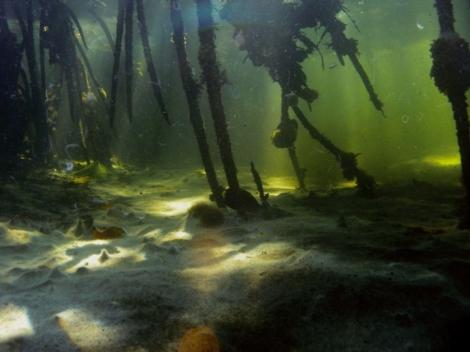
The ability of a barotropic model to simulate sea level extremes of meteorological origin in the Mediterranean Sea, including those caused by explosive cyclones
Storm surges are responsible for great damage to coastal property and loss of life every year. Coastal management and adaptation practices are essential to reduce such damage. Numerical models provide a useful tool for informing these practices as they simulate sea level with high spatial resolution. Here we investigate the ability of a barotropic version of the HAMSOM model to simulate sea level extremes of meteorological origin in the Mediterranean Sea, including those caused by explosive cyclones.
F. M. Calafat, E. Avgoustoglou, G. Jordà, H. Flocas, G. Zodiatis, M. N. Tsimplis, J. Kouroutzoglou
JGR Oceans, volume 119
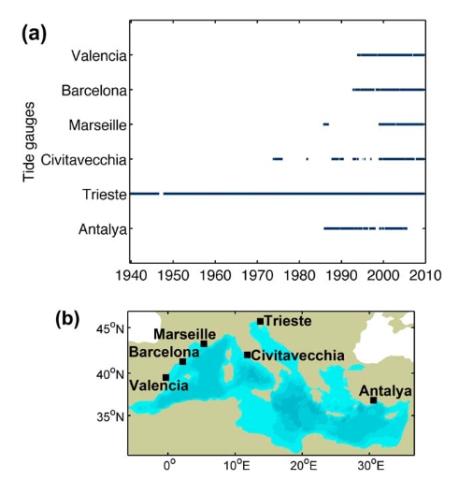
Atmospheric storm surge modeling methodology along the French (Atlantic and English Channel) coast
Storm surge modeling and forecast are the key issues for coastal risk early warning systems. As a general objective, this study aims at improving high-frequency storm surge variations modeling within the PREVIMER system (www.previmer.org), along the French Atlantic and English Channel coasts. The paper focuses on (1) sea surface drag parameterization and (2) uncertainties induced by the meteorological data quality. The modeling is based on the shallow-water version of the model for applications at regional scale (MARS), with a 2-km spatial resolution.
H. Muller, L. Pineau-Guillou, D. Idier, F. Ardhuin
Ocean Dynamics, volume 64
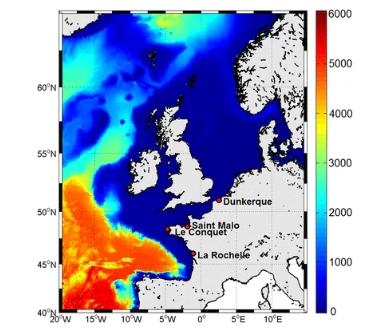
Storm impact on the seasonal shoreline dynamics of a meso- to macrotidal open sandy beach (Biscarrosse, France)
A three-year dataset (2007–2010) of shoreline and sandbar positions derived from video observations of an open sandy beach (Biscarrosse, France) is analyzed, to explore the impact of storms on the seasonal shoreline dynamics. The results indicate that a clear seasonality is observed in the offshore significant wave height and in the occurrence of ‘winter storm’ events that are defined as periods with significant wave height greater than 4 m lasting at least 12 h.
N. Senechal, G. Coco, B. Castelle, V. Marieu
Geomorphology, volume 228
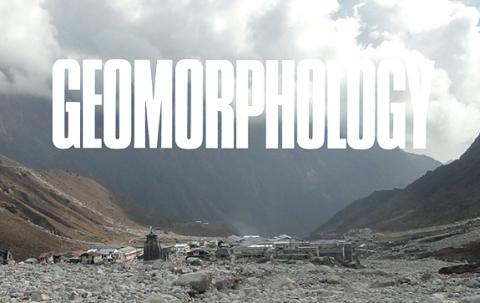
Simulations of direct and reflected wave trajectories for ground-based GNSS-R experiments
The detection of Global Navigation Satellite System (GNSS) signals that are reflected off the surface, along with the reception of direct GNSS signals, offers a unique opportunity to monitor water level variations over land and ocean. The time delay between the reception of the direct and reflected signals gives access to the altitude of the receiver over the reflecting surface. The field of view of the receiver is highly dependent on both the orbits of the GNSS satellites and the configuration of the study site geometries.
N. Roussel, F. Frappart, G. Ramillien, J. Darrozes, C. Desjardins, P. Gegout, F. Pérosanz, R. Biancale
Geoscientific Model Development, volume 7

A modeling-based analysis of the flooding associated with Xynthia, central Bay of Biscay
Storm-induced coastal flooding is among the most destructive natural disasters, as seen recently in the Bay of Bengal, the Gulf of Mexico and the Philippines. This study presents a high resolution hindcast of the flooding associated with Xynthia, a mid-latitude storm that severely hit the central part of the Bay of Biscay in February 2010. A 2DH fully coupled modeling system is applied to the North-East Atlantic Ocean, with a resolution locally reaching a few meters along the coastline of the study area.
X. Bertin, K. Li, A. Roland, Y. J. Zhang, J.-F. Breilh, E. Chaumillon
Coastal Engineering, volume 94
